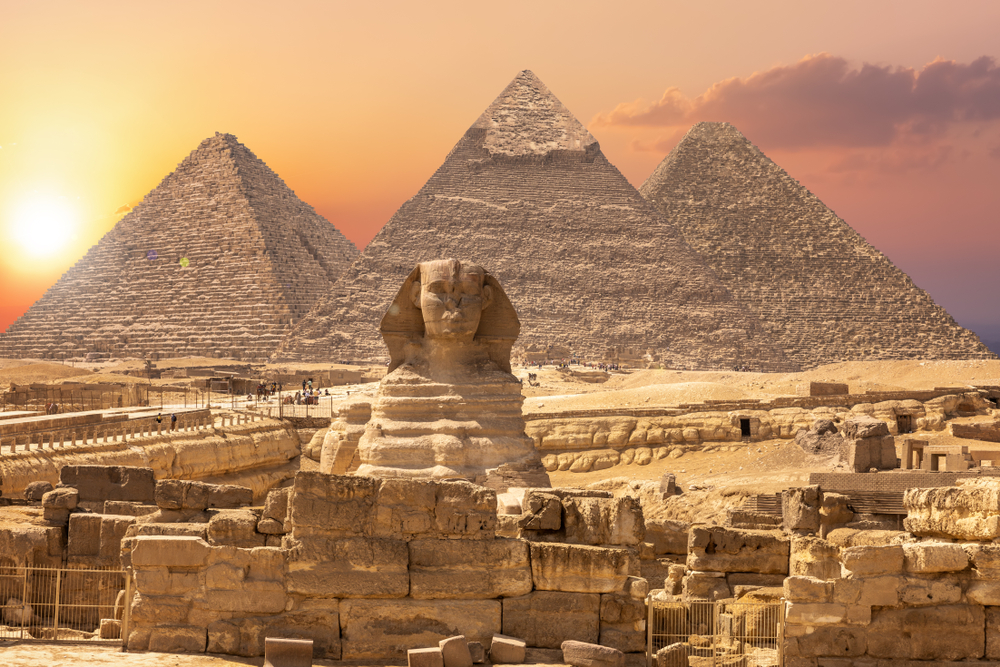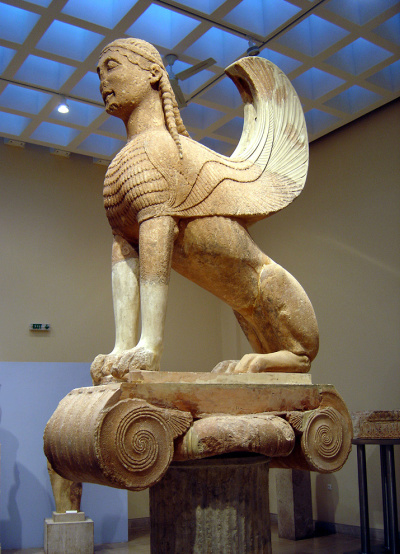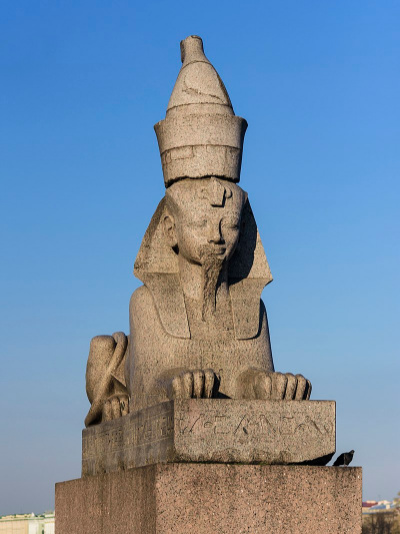The Great Sphinx of Giza
The Great Sphinx of Giza
The Great Sphinx of Giza
-
Hannah
-
Hannah

The gigantic and majestic Sphinx of Giza represents a creature of mythology which was part lion, part man: the head of a man, the body of a lion. It is said that the Great Sphinx’s head is a likeness of the pharaoh Khafre of the 4th Dynasty of the Old Kingdom.
How old is this gigantic limestone statue? Well, that’s a matter of contention. It has been accepted for a long time that the Sphinx was constructed during Khafre’s reign, around 4,500 years ago. But some experts have questioned this dating. Why is the Sphinx so eroded (its nose is missing) while the Pyramids are not so, given that the Sphinx was buried by sand and thus protected from the elements from 2150 to 1400 BC? Was the Giza complex built around this existing monument? Some archaeologists believe the Sphinx was built by an older civilization, now lost to us, as many as 9,000 years ago.

Whichever is the truth, there is no doubting that the Sphinx is the oldest Egyptian sculptured monument. It was important in religious rites: it is aligned from west to east to face the rising sun, and some believe that rather than depicting Khafre, it represents Ra, the sun god, and was pivotal in his cult.
It was the Ancient Greeks who coined the word ‘sphinx’ to mean a creature with a woman’s head, an eagle’s wings and a lion’s body. The Greeks knew of the Sphinx and were inspired by it in their own mythology (as were the Romans). The Egyptian Sphinx was a powerful but benevolent guardian, but the Sphinx of Greek mythology was a scary beast. She guarded the city of Thebes and killed those who could not answer her riddle: ‘Which creature has one voice and yet becomes four-footed and two-footed and three-footed?’ When, finally, Oedipus answered correctly, she died, either devouring herself or slayed by Oedipus, depending on the version of the myth. (The answer to the riddle, if you are interested, is a human. We crawl as a baby – four-footed; then walk – two-footed; then walk with a cane – three-footed.)

Sphinx of the Naxians, Delphi Archaeological Museum
The Sphinx inspired not only the Greeks but cultures across the world: so many cultures have featured associated human/creature hybrids in their iconography. In the late Renaissance period, artists depicted a sphinx with the head and breasts of a woman and the body of a lion. Even the Vatican palace features this sphinx through the artistry of Raphael.
So powerful was the draw of the Sphinx, countries transported ancient Egyptian sphinxes to make showpieces in their cities. A prominent example is the Quay with Sphinxes in front of the Imperial Academy of Arts, Saint Petersburg, imported in 1832.

One of the Quay Sphinxes
Wherever in the world we find a sphinx, it is surely inspired by the mighty one of Egypt, which has endured for so long and, we hope, will endure for so many generations to come.
Photo credits: 1) Daily Travel Photos/Shutterstock.com; 2) AlexAnton/Shutterstock.com; 3) Ricardo André Frantz/Wikipedia; 4) Alex ‘Florstein’ Fedorov/Wikipedia.